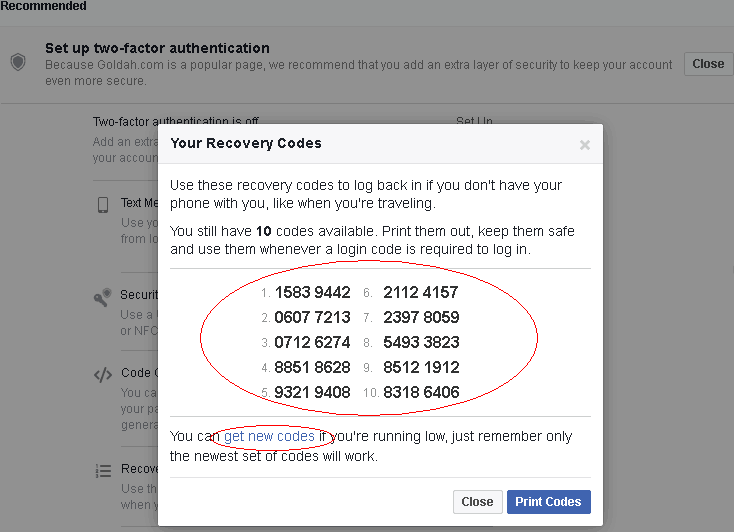

If you see ‘ Virtualization Enabled in Firmware: No’ but all the other Hyper-V requirements are set to ‘Yes’, then you’ll need to refer to your device’s instruction manual to enter the BIOS/UEFI and enable hardware virtualization.How to Install Windows Server 2019 in a Virtual Machine (Image Credit: Russell Smith) There are four requirements for Hyper-V compatibility and to the right of each you will see ‘Yes’ if your hardware meets them. Scroll down the list of results to the very end and you’ll see Hyper-V Requirements.In the command prompt window, type systeminfo and press ENTER.Type cmd in the search box in the bottom left of the taskbar and then click Command Prompt in the list of results.The easiest way to check if your device supports Hyper-V is using the systeminfo command line tool. Hardware-enforced Data Execution Prevention (DEP) – XD bit (Intel) or NX bit (AMD).Hardware-assisted virtualization – Intel VT or AMD-V.Virtualization support enabled in the BIOS or UEFI:.A 64-bit processor with second-level address translation (SLAT).Windows 10 Enterprise, Pro, or Education.4GB is the minimum RAM required but depending on the guest operating systems you plan to install in your VMs, you will probably need much more. Most modern Windows 10 and Windows Server devices meet the hardware requirements for Hyper-V. Check your hardware meets the requirements Hyper-V supports Windows, Windows Server, and Linux guest operating systems. You can run multiple VMs at the same time, provided you have enough resources like disk space, RAM, and CPU capacity. Hyper-V is a hardware-based hypervisor that lets you run VMs in their own isolated spaces. If you want to run virtual machines (VM) on Windows 10, you’ll need to install Hyper-V. Then we will move on to installing Windows Server 2019 in a VM. First, I will show you how to install Hyper-V in Windows 10 or Windows Server. And in this article, I’m going to take you step-by-step through the process for installing Windows Server 2019 in a Hyper-V virtual machine (VM). Windows Server 2019 is almost as easy to install as Windows 10.


 0 kommentar(er)
0 kommentar(er)
